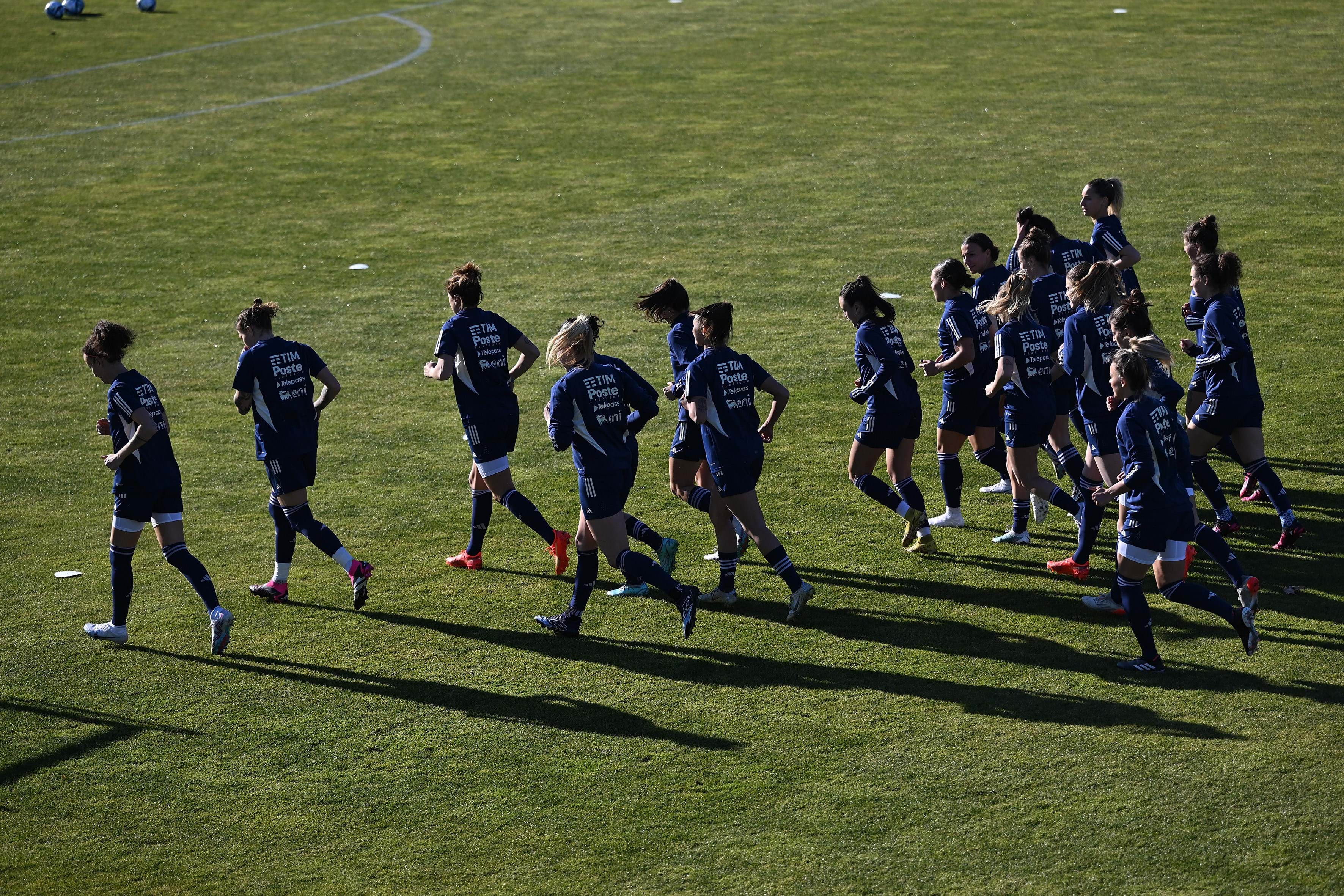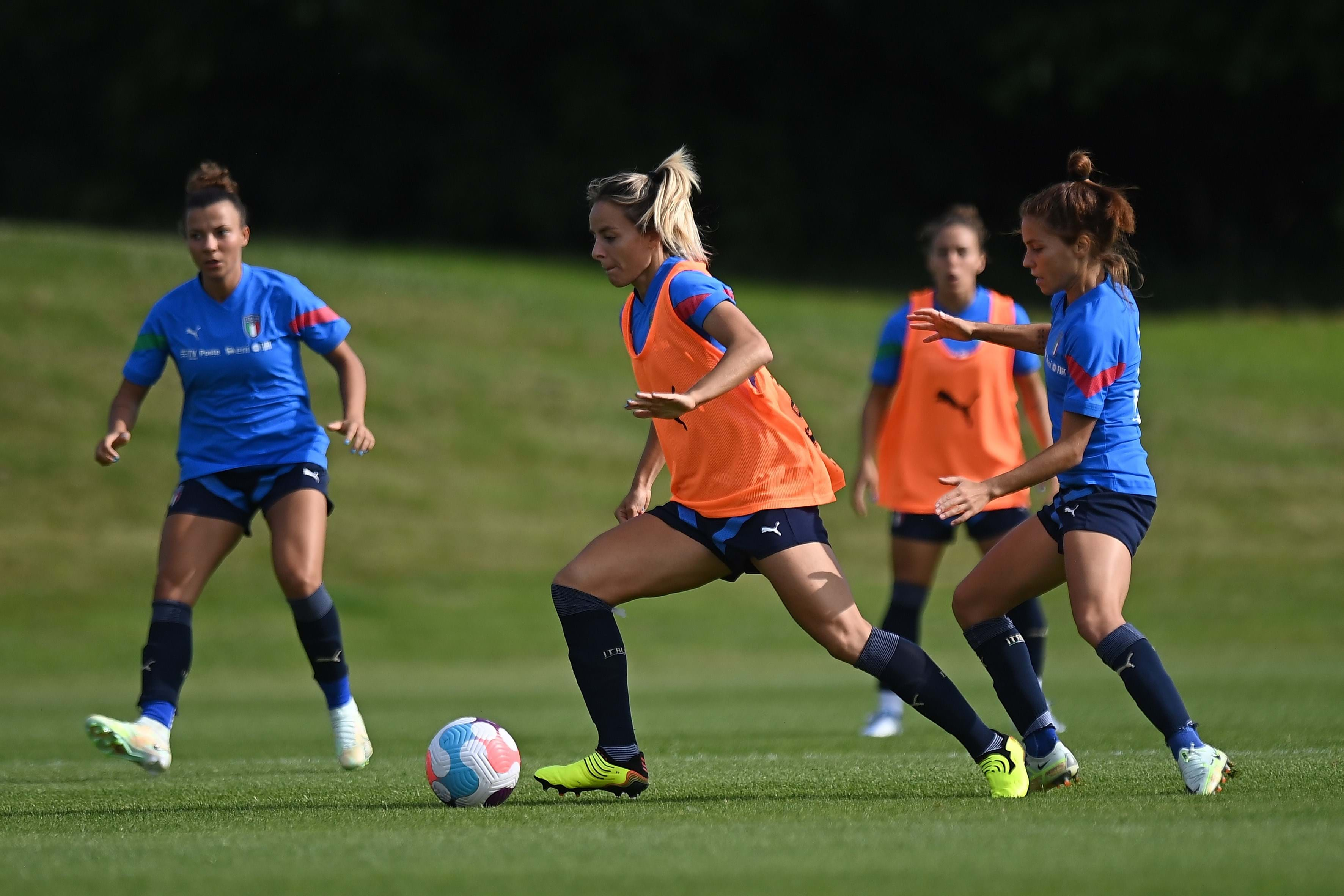
Lo studio del Settore Tecnico sulla stima della Massima Potenza Aerobica
Lo studio è stata condotto insieme ai consolidati partner di ricerca dell’Università danese di Odense e di quella portoghese di Maialunedì 9 gennaio 2023

La determinazione dei valori del massimo consumo di ossigeno costituisce da sempre un valore aggiunto per la determinazione oggettiva della resistenza del calciatore. In un recentissimo studio condotto dal Settore Tecnico federale è stata validata, in maniera alquanto sofisticata (studio di allenamento), la possibilità di valutare la massima potenza aerobica sfruttando una rappresentazione matematica di alcune variabili che la determinano: il rapporto tra la frequenza cardiaca massima e la frequenza cardiaca a riposo. I risultati di questa interessante ricerca pubblicati sulla prestigiosissima rivista ‘European Journal of Applied Physiology’ (https://pubmed.ncbi.nlm.nih.gov/35301581/) hanno confermato la possibilità di stimare i valori individuali del VO2max una volta calcolato il rapporto tra la frequenza cardiaca massima e a riposo e moltiplicato questo valore per un coefficiente di proporzionalità che risulta prossimo a 15.
Cliccando sul link https://www.ncbi.nlm.nih.gov/pmc/articles/PMC8929450/ è possibile scaricare l’articolo originale per avere maggiori dettagli sulla ricerca condotta da Carlo Castagna per il Settore Tecnico insieme ai suoi partner – da tempo - di ricerca, ovvero il ‘Department of Sports Science and Clinical Biomechanics’ della University of Southern Denmark, (Odense, Danimarca) e il ‘Research Center in Sports Sciences, Health Sciences and Human Development’ dell’University of Maia, (Maia, Portogallo).
L’abstract della ricerca (in inglese)
Maximal oxygen uptake (VO2max) is associated with cardiovascular and metabolic health in the general population. The heart rate (HR) ratio method (HRratio) is a valid, easy and accessible method for estimating VO2max in well-trained subjects. This study examined the validity of using the HRratio to estimate VO2max in recreational football players in the untrained and trained states. Sixty-six participants (age 39.3 ± 5.8 years) were tested pre-training and 28 after 12 weeks, for VO2max assessment, running on a treadmill alternating speed (1 km h-1) and inclination (1%) increments every 30 s until exhaustion. Maximal HR (HRmax) was assessed directly with a multiple approach and estimated with selected equations. Resting HR (HRrest) was measured in supine position, after 15 min of rest. The HRratio method considers the product of HRmax/HRrest ratio by a theoretical proportionality factor (15 ml kg-1 min-1, TPF) to estimate VO2max. This population-specific proportionality factor (SPF) was 14.6 ± 2.6 ml kg-1 min-1. In the untrained state (n = 66), participants' actual VO2max (41.3 ± 6.2 ml kg-1 min-1) was moderately lower (~ 2 ml kg-1 min-1) than the estimated VO2max using the TPF. A nonsignificant difference (0.7 ml kg-1 min-1) was found when the VO2max was estimated using the SPF. When using HRmax equations and the TPF, a small nonsignificant difference (~ 1.5 ml kg-1 min-1) was reported between actual and estimated VO2max. In the trained state (n = 28), the estimated VO2max values were not significantly different from the actual VO2max (44.2 ± 5.2 ml kg-1 min-1), with large effect sizes when considering TPF and estimated HRmax. The results of this study provide evidence of the applicability of HRratio in estimating VO2max in male adult/middle-aged recreational football players.



